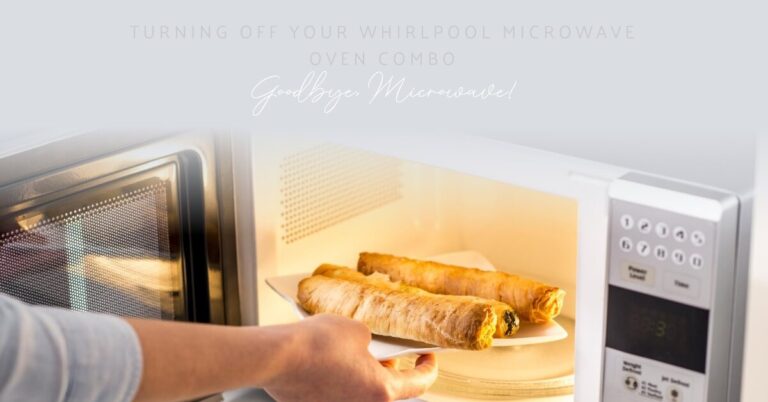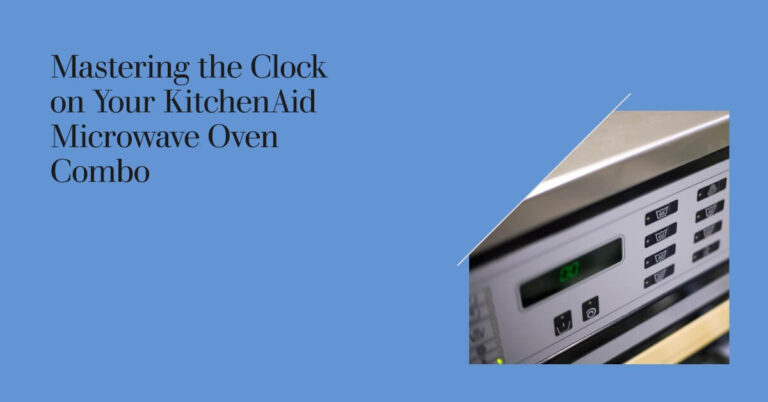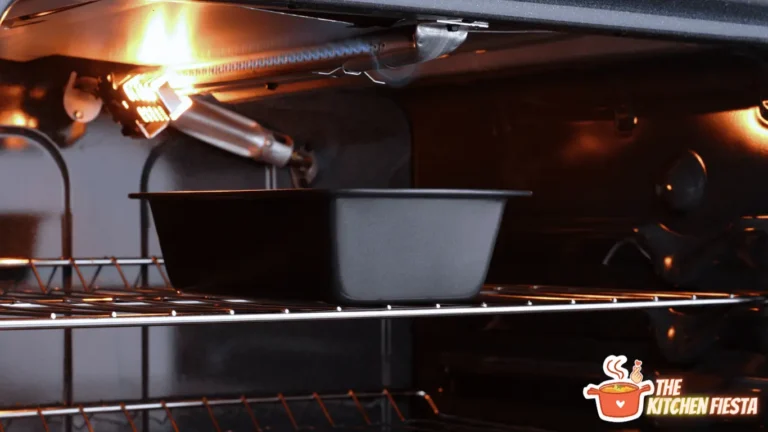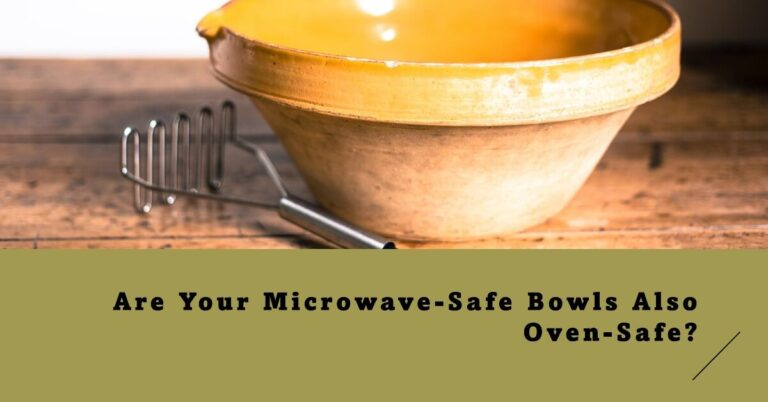Can You Put Cold Pyrex in the Oven? Explained
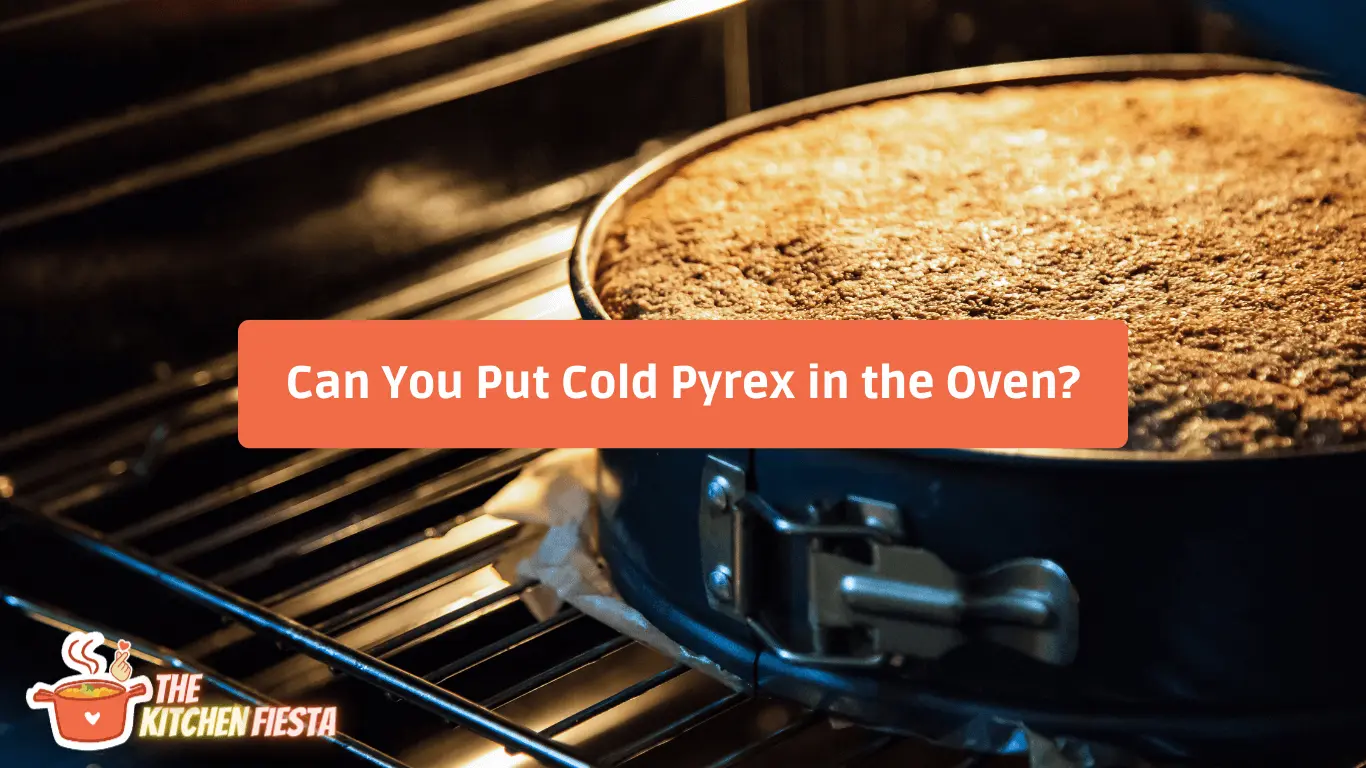
Baking is one of life’s simple pleasures. There’s nothing quite like the smell of fresh cookies or bread wafting from the oven. But to get to that point, you first have to preheat your oven – often to temperatures of 350°F or above.
What do you do if you’ve left your Pyrex baking dishes in the fridge and now need to use them? Can you safely put cold Pyrex in a hot oven without shattering the glass?
The short answer is: yes, with some precautions. Throughout this article, we’ll cover everything you need to know about using Pyrex for baking, avoiding thermal shock, and putting cold glassware into a hot oven safely.
Specifically, we’ll look at:
- What is Pyrex and how is it made?
- Why Pyrex is resistant to sudden temperature changes
- Tips for preventing thermal shock with Pyrex
- How to use cold Pyrex dishes in a preheated oven
- Signs that your bakeware isn’t thermal shock resistant
- Safety guidelines for using Pyrex glassware
Understanding these Pyrex usage tips will ensure your baking dishes last for years and can safely withstand the temperature swings that come with oven baking.
What is Pyrex?
Chances are you have some Pyrex glassware in your kitchen right now. The iconic clear glass baking dishes have been around for over a century. Pyrex was originally made from borosilicate glass – a type of glass that contains silica and boron trioxide.
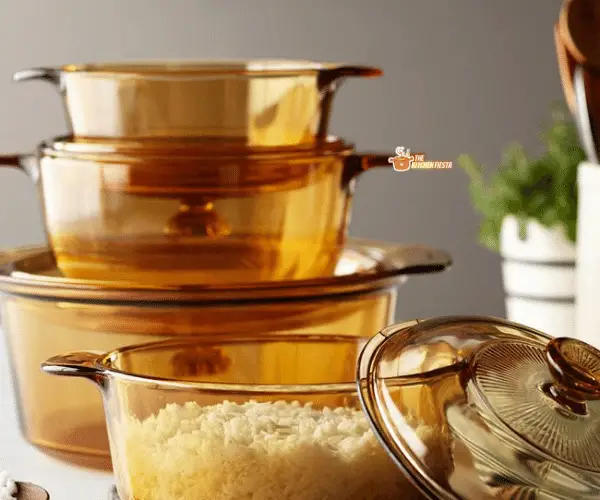
Borosilicate glass mixes were designed specifically to withstand thermal shock. Thermal shock occurs when there is a sudden temperature change in the glass, causing it to expand or contract rapidly. This rapid expansion can cause the glass to shatter or crack.
By adding boron, Pyrex glassware becomes highly resistant to shattering from temperature changes. It can safely go from freezer to oven without cracking from extreme temperature swings. This thermal shock resistance made Pyrex a popular choice for laboratories and cooking.
However, not all Pyrex today contains borosilicate glass. Many modern Pyrex dishes are made of soda-lime glass, which does not offer the same thermal shock resistance. It’s important to check that your Pyrex bakeware specifically states it’s made of borosilicate glass to ensure safety when baking.
Can Pyrex Withstand Sudden Temperature Changes?
The key benefit of borosilicate glass Pyrex is its ability to withstand sudden and extreme temperature changes without shattering. This is why Pyrex became so popular for cooking and baking uses.
Pyrex made of borosilicate glass can safely go from freezer to oven without cracking. The glass is designed to resist expanding and contracting rapidly as it heats up or cools down. This makes it perfect for tasks like taking frozen meals straight from the freezer and popping them in the oven to cook.
However, Pyrex is not completely indestructible. Extreme temperature swings can still pose a risk of shattering if proper precautions are not taken. For example, placing a room temperature Pyrex dish into a 500°F oven could overwhelm the glass and potentially cause thermal shock.
While Pyrex is quite resistant, it’s still important to avoid exposing it to drastic temperature changes of more than 100-150°F to be safe. Follow the tips below for using Pyrex to minimize risk of damaging your bakeware.
Tips for Using Pyrex Safely
To avoid thermal shock when using Pyrex dishes for baking, follow these guidelines:
- Allow glass bakeware to come to room temperature before placing in a hot oven. Do not put cold Pyrex straight from the fridge or freezer into a preheated oven. Let it gradually warm up first.
- Preheat your oven fully before baking. Do not slide cold Pyrex into an oven that is still coming up to temperature.
- Do not expose hot Pyrex to sudden temperature drops. Allow glassware to cool down gradually before adding cold water or placing in the fridge.
- Avoid drastic temperature swings above 150°F. Do not go from one extreme to another too quickly as the glass needs time to adjust.
- Use proper oven mitts when handling hot Pyrex. The glassware can still become hot enough to burn bare hands.
- Check that your bakeware is borosilicate glass. This is especially important for vintage or hand-me-down Pyrex dishes.
Following these tips will minimize risk of thermal shock and let you safely use Pyrex for everything from refrigerating leftovers to preheating frozen meals.
Avoiding Thermal Shock with Pyrex
To understand how to prevent thermal shock when using Pyrex, it helps to first understand what causes it.
Thermal shock occurs when there is a sudden and drastic change in temperature in the glass. This rapid temperature swing causes the glass to expand or contract too quickly, resulting in cracks or shattering.
Some common ways Pyrex can experience thermal shock include:
- Putting a dish directly from the freezer into a hot oven. The temperature change is so sudden that the glass can’t adjust fast enough.
- Adding cold liquids to hot glassware. This rapidly cools only one section while the rest remains hot.
- Exposing hot Pyrex to cold water. The extreme temp change overwhelms the material.
- Removing a hot casserole straight from the oven and setting it on a cold counter. This results in fast cooling on the bottom but not the top.
To avoid scenarios like these, always allow Pyrex to adjust slowly to temperature changes. For example, take dishes out of the freezer and let them warm up to room temp before baking. Or place hot casseroles on a cooling rack instead of a cold surface.
The key is to prevent sudden shifts above 150°F whenever possible. Gradual temperature changes are safest for avoiding thermal shock with Pyrex.
Can All Glass Bakeware Go From Fridge to Oven?
Pyrex isn’t the only glass bakeware on the market. Many brands now offer glass baking dishes and pie plates. But not all glass is created equal when it comes to thermal shock resistance.
The key is finding bakeware specifically made of borosilicate glass. This is the same resilient glass that original Pyrex products were made of. It provides protection against shattering from temperature extremes.
Many modern glass baking dishes are made of soda lime glass. This type of glass is not as resilient to thermal shock. Placing soda lime glass cookware into a hot oven straight from the fridge can potentially cause it to crack or shatter from the drastic temp change.
Be sure to read the packaging carefully and look for mentions of borosilicate or thermal shock resistance. Don’t assume all glassware is safe to go from freezer to oven temperatures without pre-warming first.
What Temperature Changes Cause Shattering?
Now you may be wondering exactly how much of a temperature swing is considered risky when using glassware like Pyrex.
In general, sudden temperature changes of 150°F or more can stress the glass and lead to shattering. The bigger the swing, the higher the risk of thermal shock.
For example, putting a casserole dish straight from a 70°F refrigerator into a 400°F oven subjects the glass to a sudden 330°F shock. That drastic swing could overwhelm the material and cause it to crack or break.
However, gently preheating the dish first reduces the temperature delta. Letting it warm up to 100°F before placing in the 400°F oven brings the temperature difference down to a safer 300°F range.
The key is to avoid big, rapid deltas and only make gradual temperature changes. Glass needs time to expand and contract to prevent too much stress building up.
Signs Your Bakeware Isn’t Oven-Safe
If you’re concerned about whether your glassware can safely withstand baking temperatures, check for these signs it may not be thermal shock resistant:
- The glass feels thinner and cheaper than Pyrex. Thin glass is more prone to breaking.
- There is no mention of borosilicate glass on the packaging. This type of glass is required for thermal shock resistance.
- The dish cracks or shatters when exposed to heat. This indicates the glass lacks proper thermal shock protection.
- The brand is not known for high-quality oven-safe bakeware. Stick to reputable kitchenware brands to be safe.
- It’s an old piece of glassware with no markings. Older dishes more likely lack proper borosilicate composition.
When in doubt, perform the freezer-to-oven test with caution. Place the empty dish in the freezer, then let it gently warm up to room temp before putting it in the oven. Observe if the glass withstands the temperature swing without cracking.
Pyrex Usage and Safety Tips
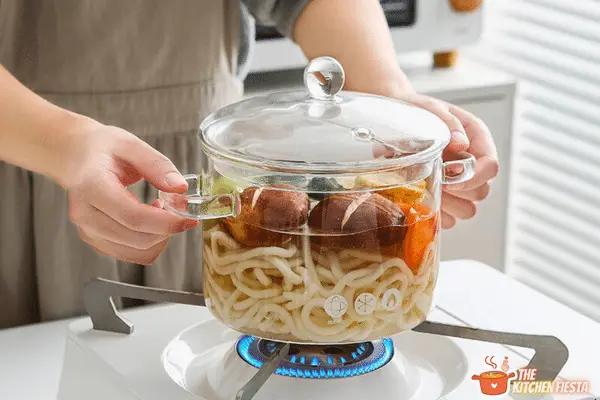
To review, here are some key tips to remember when using Pyrex glassware for cooking, baking, and reheating foods:
- Allow glassware to come to room temperature before placing in a hot oven.
- Never put cold Pyrex dishes directly into a preheated oven.
- Fully preheat the oven before baking to prevent drastic temperature shifts.
- Let hot glassware cool down gradually before adding cold liquids or placing in the fridge.
- Avoid extreme temperature fluctuations above 150°F to prevent thermal shock.
- Use oven mitts when handling hot Pyrex to prevent burns.
- Check that your bakeware is made of thermal shock-resistant borosilicate glass for safety.
- Prevent sudden temperature swings by pre-warming glass before hot oven use.
By keeping these safe usage tips in mind, your Pyrex bakeware will last for many years and through many hearty baked meals. Enjoy using this versatile glassware safely from fridge to oven!
Caring for Pyrex Glass Cookware
To keep your Pyrex in good condition for baking, follow these care guidelines:
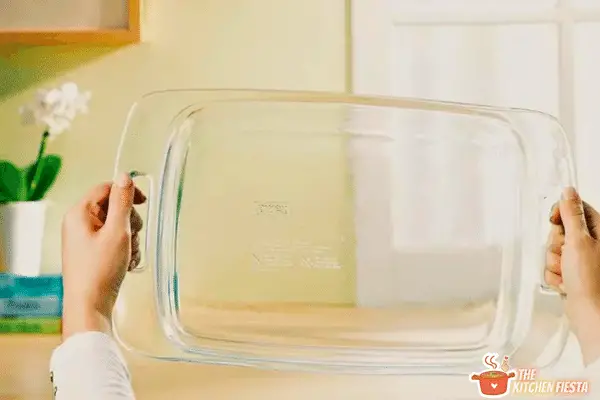
- Avoid abrasive scouring pads that could scratch the glass surface over time. Use soft sponges and dish soap for cleaning.
- Do not put hot Pyrex on wet or cold surfaces. This can lead to rapid temperature changes that cause cracks.
- Check for scratches frequently. Damaged glass is more prone to breaking in the oven. Discard severely scratched dishes.
- Hand wash only. The high heat and harsh detergents in a dishwasher can degrade glass over time.
- Never add cold water to hot Pyrex. Only fill dishes once they’ve completely cooled after baking or cooking to prevent thermal shock.
- Avoid temperature extremes when storing. Don’t place Pyrex in the freezer for extended storage.
- Prevent impact damage. Dropping Pyrex can compromise its structural integrity. Handle carefully.
- Inspect regularly for damage. Do not use any bakedware with chips, cracks or deep scratches in the oven.
With proper care and avoidance of thermal shock, Pyrex bakeware can safely withstand hundreds of uses over many years in the kitchen.
Conclusion
Pyrex made of borosilicate glass is designed to resist thermal shock, making it possible to safely move dishes from freezer to oven. However, extreme temperature changes above 150°F can still pose a risk of shattering. Follow the usage and safety tips provided to prevent damage to your glassware. Allow time for gradual temperature changes and preheat dishes to prevent sudden shifts. With proper care, Pyrex can be a reliable baking essential that withstands decades of use.

